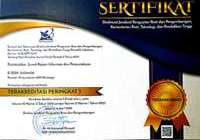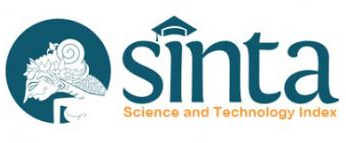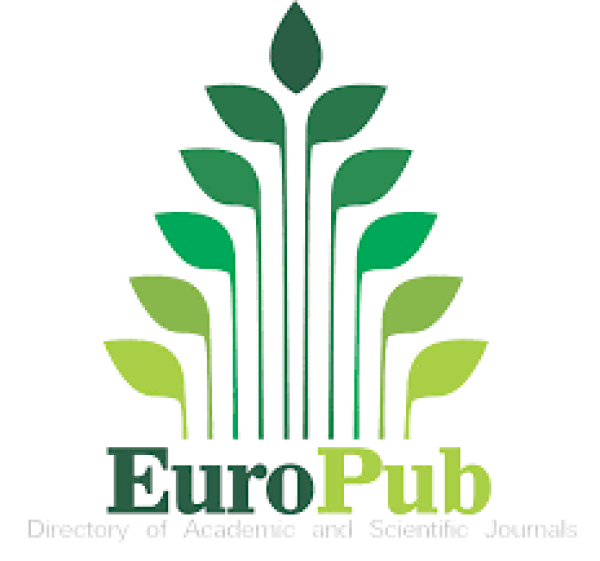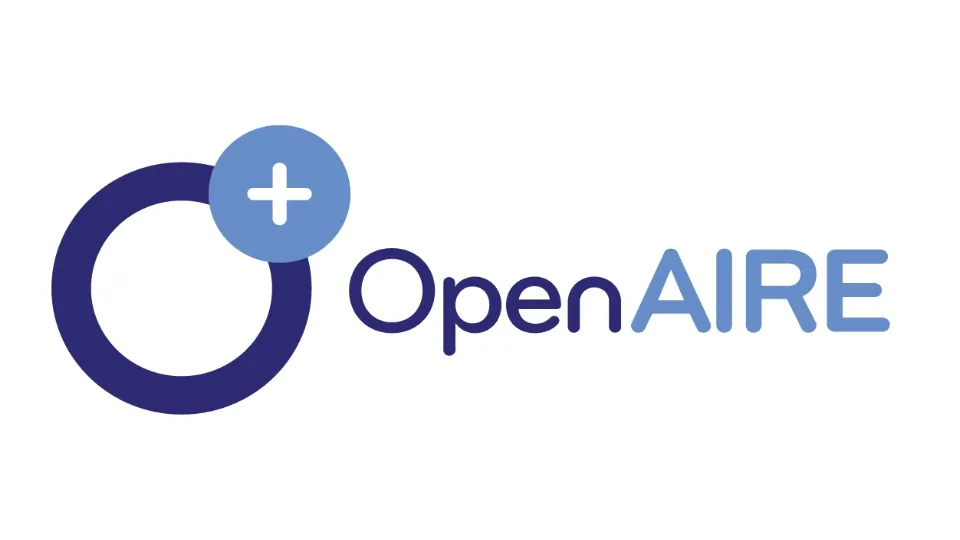Hubungan Minat Berkunjung Pemustaka terhadap tersedianya Fasilitas Teknologi Informasi di Telkom University Open Library
DOI:
https://doi.org/10.21154/pustakaloka.v15i2.6220Keywords:
Minat Berkunjung Perpustakaan, Telkom University Open Library, Fasilitas Teknologi InformasiAbstract
Abstract: The variety of information technology facilities available at Telkom University Open Library is one of the attractions of this library that attracts many users to visit. This study discusses the relationship between interest in visiting and information technology facilities at Telkom University Open Library. This study aimed to determine the availability of information technology facilities related to significance with the interest of visiting users to the Telkom University Open Library. This research is a quantitative research with a survey method. The sampling technique used Simple Random Sampling, with a total sample unit 153. This study used the Pearson Product Moment correlation test analysis method between variable interest in visiting and information technology facilities at Telkom University Open Library. The results obtained for almost all variables of information technology facilities have a significant relationship with interest in visiting the Telkom University Open Library. This place was chosen because the existing information technology facilities at the Telkom University Open Library are diverse and sophisticated compared to other university libraries, so the availability of information technology facilities can attract visitors to the Telkom University Open Library.
Keywords: information technology facilities, interest in visiting libraries, Telkom University Open Library,
Abstrak: Beragamnya fasilitas teknologi informasi di Telkom University Open Library yang tersedia, menjadi salah satu daya tarik pemustaka untuk berkunjung ke perpustakaan ini. Penelitian ini membahas hubungan minat berkunjung terhadap fasilitas teknologi informasi pada Telkom University Open Library. Tujuan penelitian ini adalah untuk mengetahui tersedianya fasilitas teknologi informasi sehubungan signifikansinya dengan minat berkunjung pemustaka ke Telkom University Open Library. Penelitian ini merupakan penelitian kuantitatif dengan metode survei. Teknik pengambilan sampel menggunakan Simple Random Sampling, dengan jumlah unit sampel sebanyak 153. Penelitian ini menggunakan metode analisis uji korelasi Pearson Product Moment, antara variabel hubungan minat berkunjung dengan fasilitas teknologi informasi Telkom University Open Library. Didapatkan hasil hampir semua variabel fasilitas teknologi informasi memiliki hubungan yang signifikan dengan minat berkunjung di Telkom University Open Library. Hal ini dikarenakan, fasilitas teknologi informasi yang ada pada Telkom University Open Library terbilang beragam dan canggih, dibandingkan dengan perpustakaan perguruan tinggi lain, sehingga tersedianya fasilitas teknologi informasi dapat menjadi daya tarik pemustaka untuk berkunjung ke Telkom University Open Library.
Kata Kunci: fasilitas teknologi informasi, minat berkunjung perpustakaan, Telkom University Open Library,
References
Anjani, S., Sukaesih, S., Rukmana, E. N., & C. M. S., S. (2021). Inovasi Pelayanan Sirkulasi Open Library Telkom University Saat Covid-19. Nusantara Journal of Information and Library Studies (N-JILS), 4(1), 31”“44. http://ojs.uninus.ac.id/index.php/JILS/article/view/1050/896
Aprianti, I., Susilana, R., & Margana, H. H. (2014). Hubungan Antara Ketersediaan Fasilitas Perpustakaan Dengan Minat Kunjung Siswa Ke Perpustakaan Pada Perpustakaan SMP Negeri 15 Bandung. Edulibinfo, 1(1).
Ikhtiromirosyid, F., & Jumino, J. (2019). Pengaruh Fasilitas Perpustakaan Dan Kinerja Pustakawan Terhadap Minat Kunjung Pemustaka Di Upt Perpustakaan Universitas Pancasakti Tegal. Jurnal Ilmu Perpustakaan, 6(4), 381”“390. https://ejournal3.undip.ac.id/index.php/jip/article/view/23244
Lawe, L., Harindah, S., & Senduk, J. J. (2016). Peran Fasilitas Perpustakaan Terhadap Kinerja Pustakawan Di Badan Perpustakaan Arsip Dan Dokumentasiprovinsi Sulawesi Utara. E-Journal Acta Diurna, V(3). https://ejournal.unsrat.ac.id/v3/index.php/actadiurnakomunikasi/article/view/
/12365
Naibaho, R. S. (2017). Peranan Dan Perencanaan Teknologi Informasi Dalam Perusahaan. Jurnal Warta, 52, 45.
Niswaty, R., Darwis, M., M, D. A., Nasrullah, M., & Salam, R. (2020). Fasilitas Perpustakaan Sebagai Media dalam Meningkatkan Minat Baca Siswa. Khizanah Al-Hikmah : Jurnal Ilmu Perpustakaan, Informasi, Dan Kearsipan, 8(1), 66. https://doi.org/10.24252/kah.v8i1a7
Prijana, P., & Yanto, A. (2020). Metode Penelitian Perpustakaan dan Sains Informasi (N. S. Nurbaya (ed.)). Simbiosa Rekatama Media.
Rosmalah, R., Irfan, M., Murnianti, A., & Nurdin, M. (2022). Hubungan Fasilitas Perpustakaan Sekolah dengan Minat Baca Siswa Kelas V SD Gugus 32 Kecamatan Citta. JPPSD:Jurnal Pendidikan Dan Pembelajaran Sekolah Dasar, 1(4), 247. https://doi.org/10.26858/pjppsd.v2i2.32347
Saifullah, S. (2018). Pengaruh Fasilitas Perpustakaan Terhadap Minat Kunjung Pemustaka Di Perpustakaan Stikes Panakkukang Makassar (Skripsi). http://repositori.uin-alauddin.ac.id/8033/1/Saifullah.pdf
Sekaran, U., & Bougie, R. (2017). Metode Penelitian untuk Bisnis. Salemba Empat.
Sugiyono, S. (2018). Metode Penelitian Kuantitatif, Kualitatif, dan R&D. Alfabeta.
Downloads
Published
Issue
Section
License
Requirements to be met by the author as follows:
- Author storing copyright and grant the journal right of first publication manuscripts simultaneously with licensed under the Creative Commons Attribution License that allows others to share the work with a statement of the work's authorship and initial publication in this journal.
Authors can enter into the preparation of additional contractual separately for non-exclusive distribution of a rich version of the journal issue (eg: post it to an institutional repository or publish it in a book), with the recognition of initial publication in this journal.
Authors are allowed and encouraged to post their work online (eg, in institutional repositories or on their website) prior to and during the submission process, because it can lead to productive exchanges, as well as citations earlier and more severe than published works. (see The Effect of Open Access).















